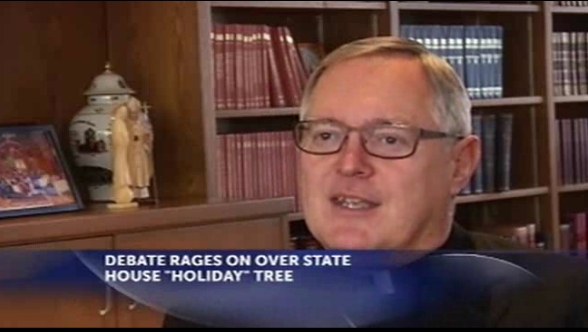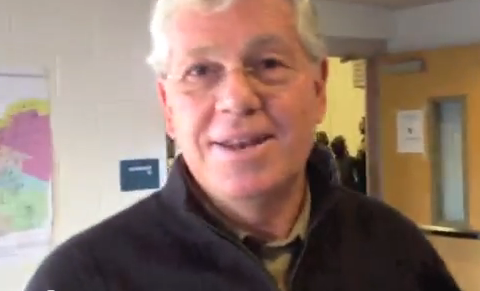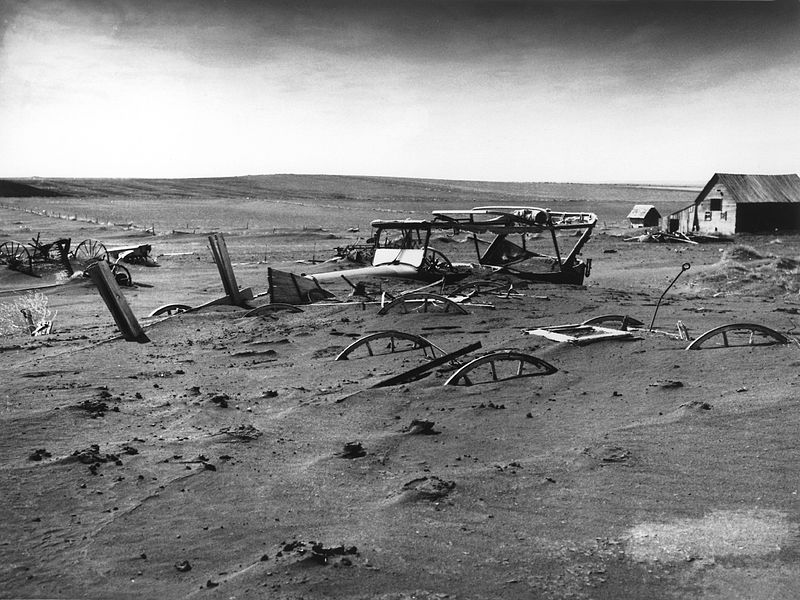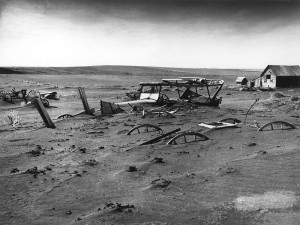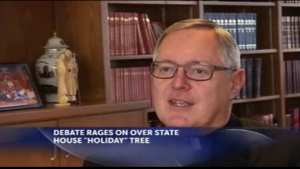
Christmas tree, holiday tree … whatever you want to call it, it has absolutely nothing to do with Christianity and the religious connections to the season. So why is Bishop Tobin so eager to weigh in on this media-fueled dust up?
I would think the leader of the Catholic Church would use his ever-shrinking pool of political capital during the holidays to advocate for keeping Christ in Christmas, not symbols of the solstice that secular celebrations took from pagans.
Did anyone hear Bishop Tobin mention the baby Jesus on his media tour de force yesterday?
For that matter, does anyone think Jesus – if he were alive and a political pundit today – would be siding with Bill O’Reilly, John DePetro and Bishop Tobin over Linc Chafee on this one? Like it or not, conservative Christians, but Jesus was a progressive and he’d likely think the governor’s efforts to be as inclusive as possible are pretty righteous.
Here’s Bishop Tobin talking about the tree, and me countering his points, on WJAR 10 last night:
“It has it’s own religious significance but more than that it’s become a very important part of our American culture, our traditions, the fabric of our American culture,” Tobin told Bill Rappleye.
He’ll have to do a better job of explaining what, exactly, is the “religious significance” of a decorated dead tree in December. I think he is incorrect to suggest that one exists.
“Christmas tree does have some spiritual and religious significance,” he continued. “It’s a symbol of eternal life, that we believe we have from Jesus Christ.” According to more traditional Catholic theology, Jesus’s thing was absolving our sins and community organizing. Judea-Christian faiths believed in eternal life, or heaven, long before Jesus hit the scene. Not that this matters, but I think it goes to show that the Bishop is, at best, making a stretch here.
It’s important to note that Tobin has been respectful and even complimentary of the secular point of view on the State House tree. And he’s spot on to note that holiday accoutrements, and what we call them, are indeed part of “the fabric of our American culture.”
But a government that strives to be free and independent from any and all religions as well as one that is as inclusive and open as possible, is a far more important thread in the fabric of our culture. Or at least it very much should be.

